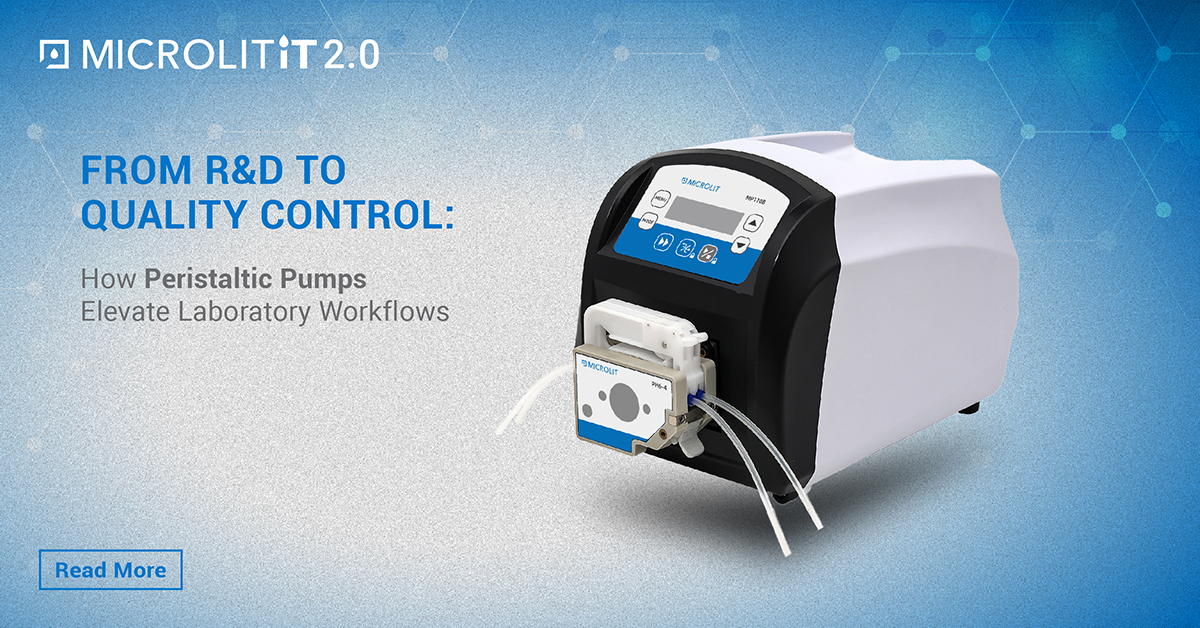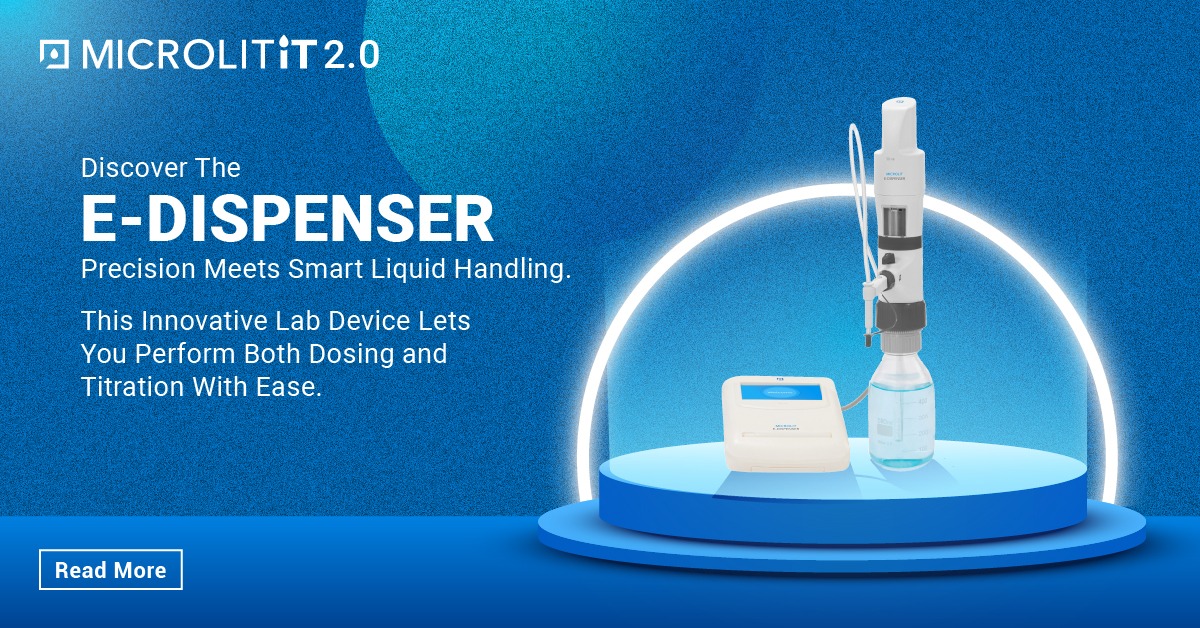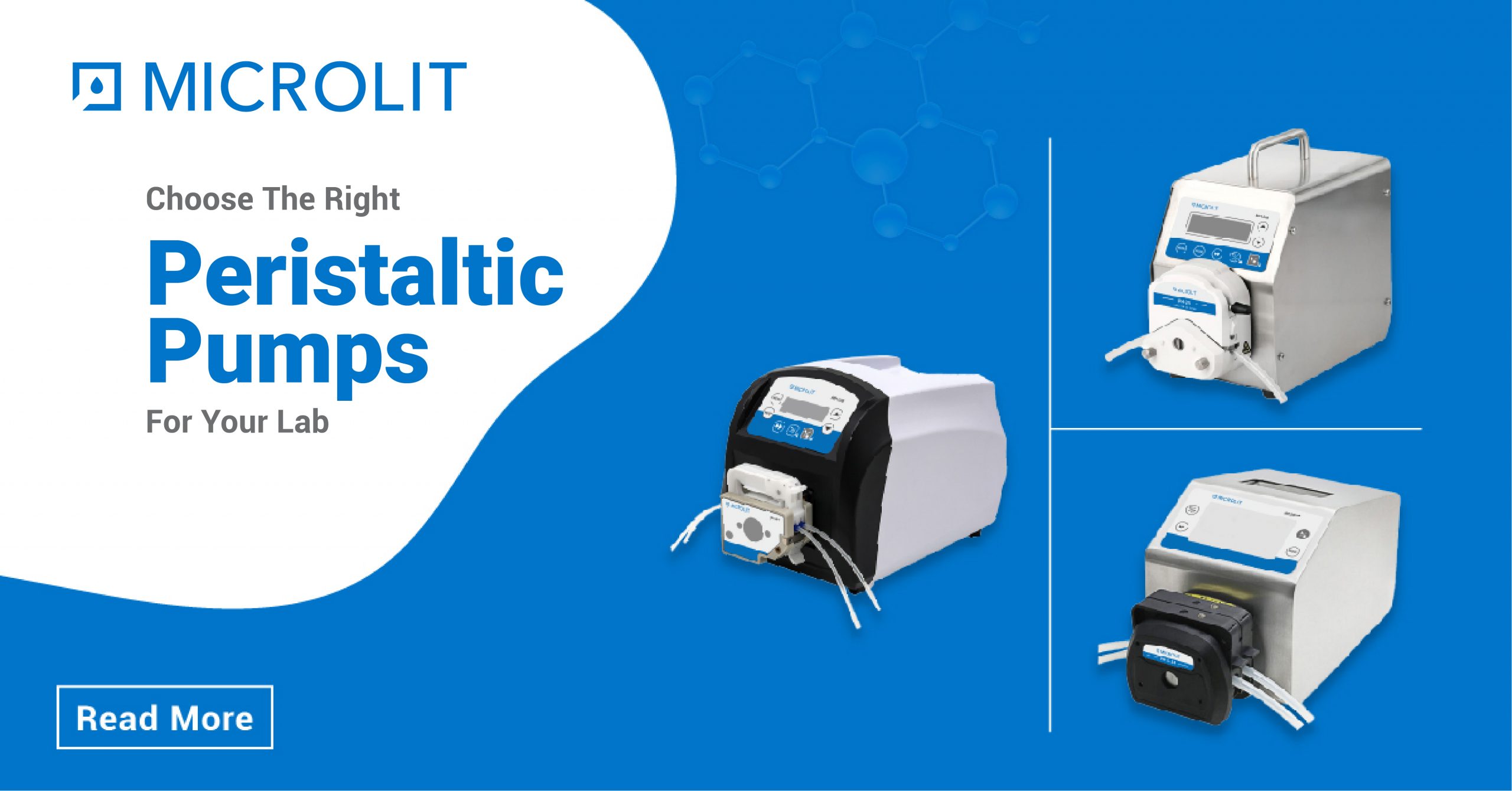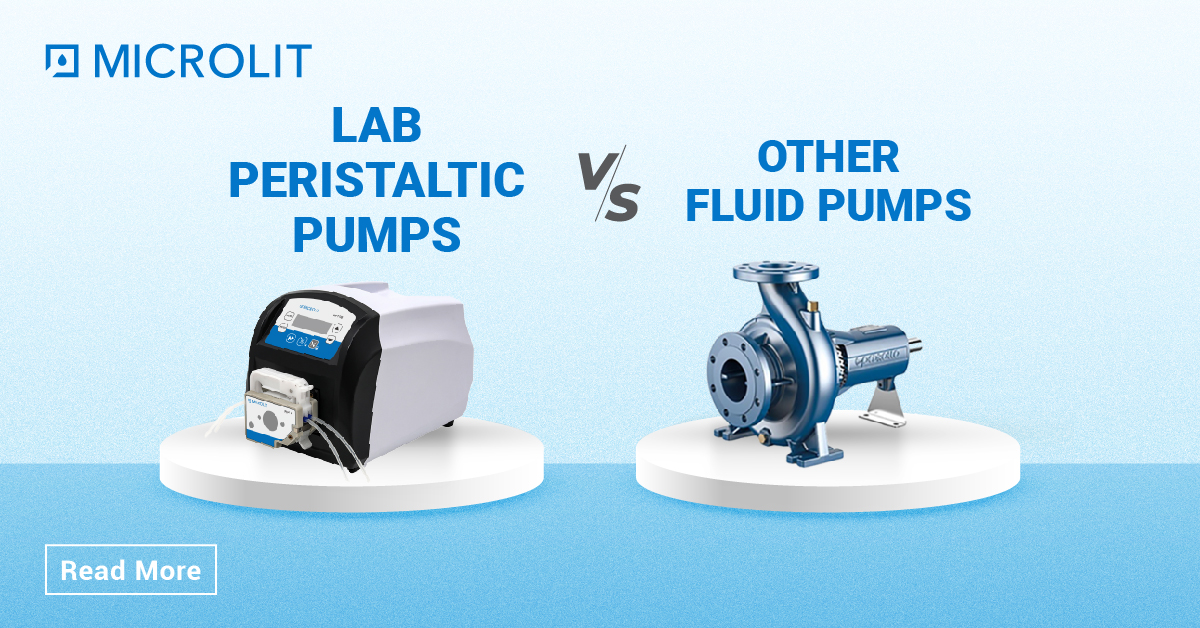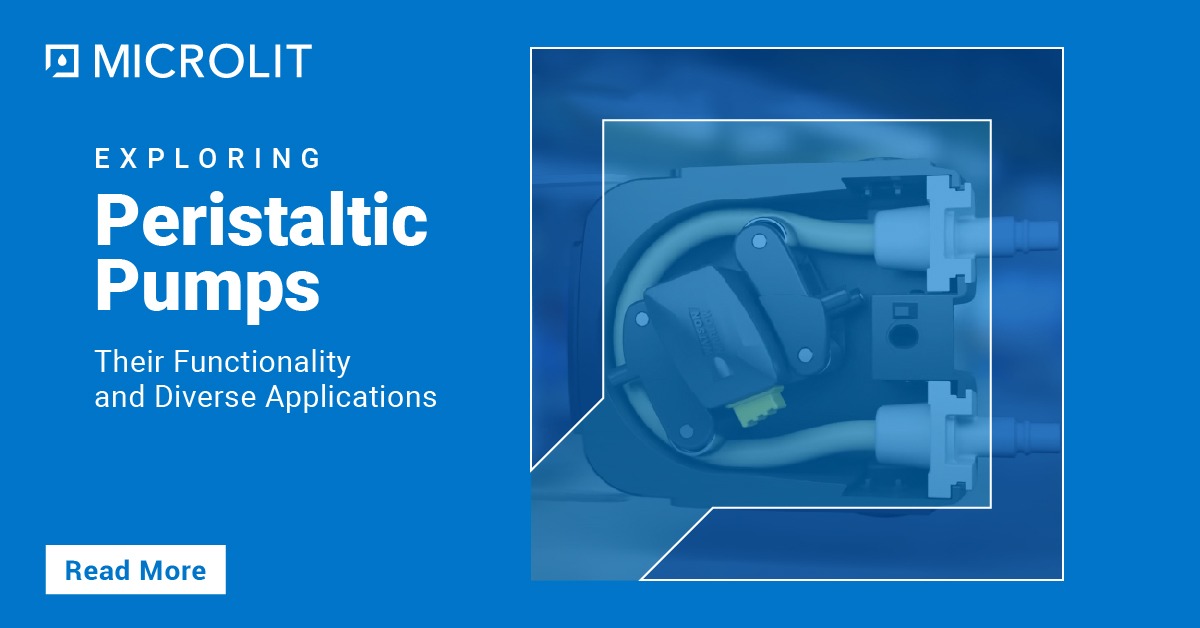Manual vs. Electronic Pipettes: Which is Best for Your Lab?
- July 30, 2024
- ENQUIRE NOW
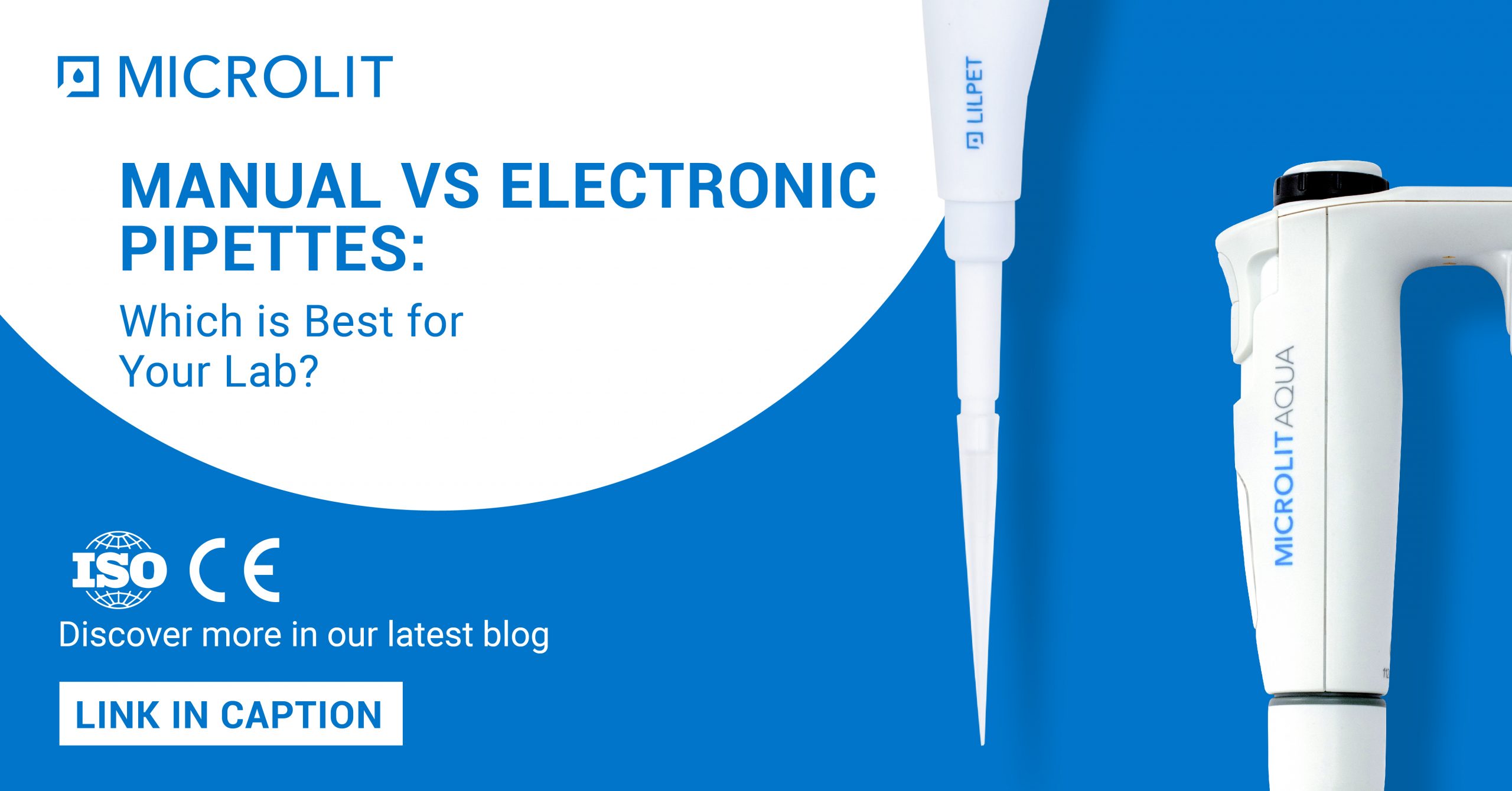
In the world of laboratory science, precision and efficiency are paramount. Pipettes are indispensable tools for measuring and transferring liquids with accuracy. For many labs, the choice between manual and electronic pipettes can significantly impact their workflows, accuracy and overall efficiency. Understanding the advantages and limitations of each type can help you make an informed decision tailored to your lab’s specific needs.
Manual Pipettes: A Classic Choice
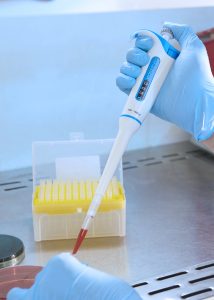 Manual pipettes have been a staple in laboratories for decades. They are valued for their simplicity, durability and cost-effectiveness. Here’s a closer look at what makes manual pipettes a reliable choice:
Manual pipettes have been a staple in laboratories for decades. They are valued for their simplicity, durability and cost-effectiveness. Here’s a closer look at what makes manual pipettes a reliable choice:
Cost-Effectiveness: Manual pipettes are generally less expensive than their electronic counterparts. This makes them a popular choice for labs operating on a tighter budget or for those requiring a large number of pipettes.
Durability and Maintenance: Manual pipettes are known for their robustness. With fewer moving parts compared to electronic pipettes, they often require less maintenance and are less prone to mechanical failures. Proper calibration and routine maintenance can ensure their longevity and accuracy. Microlit NERO® has an exclusive range of ergonomic micropipettes with advanced technologies like UniCal® and μAir®. The most noted differentiator of Microlit NERO® is its calibration system – the patented UniCal® technology. This unique calibration mechanism allows quick in-lab calibration in a single operation without disengaging the digits from the plunger mechanism. The μAir® technology is another unique feature that helps minimize the extra spaces and gaps, reducing the dead air space between the tip cone and the piston.
Simplicity and Ease of Use: Manual pipettes are straightforward to operate, making them ideal for training new lab personnel. Their simplicity also means fewer things can go wrong, which can be advantageous in high-throughput environments.
Reliability in Low-Tech Environments: In labs where power supply issues are common or where electronic devices may face operational challenges, manual pipettes offer a dependable alternative.
However, manual pipettes do have some limitations:
- Variability in Performance: The accuracy and precision of manual pipettes can vary depending on the user’s technique. Inconsistent pipetting can lead to variability in results, which may impact the reproducibility of experiments.
- Physical Fatigue: Using manual pipettes extensively can lead to physical strain and fatigue, especially during repetitive tasks. This can affect the quality of the pipetting and potentially lead to errors.
- Limited Advanced Features: Manual pipettes generally lack advanced features such as programmable dispensing volumes or adjustable speeds, which can limit their functionality in certain applications.
Electronic Pipettes: Advanced Precision and Efficiency
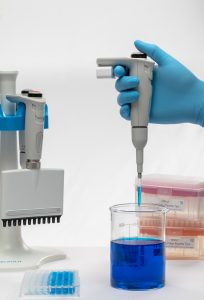 Electronic pipettes represent a more modern approach, offering enhanced precision, ease of use and additional features that cater to more complex lab requirements. Here’s why they might be the right choice for your lab:
Electronic pipettes represent a more modern approach, offering enhanced precision, ease of use and additional features that cater to more complex lab requirements. Here’s why they might be the right choice for your lab:
Precision and Accuracy: Electronic pipettes provide superior accuracy and precision by minimizing user-dependent variability. They often come with calibration settings that can be adjusted electronically, ensuring consistent results across multiple users and experiments.
Reduced Physical Strain: Electronic pipettes are designed to reduce physical effort. They often feature ergonomic designs and can perform repetitive tasks with minimal manual input, which can significantly reduce user fatigue, enhance productivity and protect from RSI.
Advanced Features: Many electronic pipettes come with programmable settings for volume, dispense speed, and multi-channel pipetting. These features can greatly enhance efficiency, especially when dealing with high-throughput tasks or complex protocols. Microlit AQUA have an extensive range of 4 pipetting modes which gives the option to tailor protocols and define custom programs.
Data Management: Some electronic pipettes offer data logging capabilities, which can be useful for tracking and documenting pipetting performance. This can be particularly advantageous in regulated environments where traceability and compliance are critical.
Consistency in Repeated Tasks: Electronic pipettes excel in applications that require high reproducibility. Their consistent performance can improve the reliability of experiments, especially when dealing with small volumes or critical assays.
Nonetheless, electronic pipettes are not without their drawbacks:
- Higher Cost: The initial investment for electronic pipettes is higher than manual ones. This cost can be a significant consideration for smaller labs or those with limited budgets.
- Maintenance and Calibration: While electronic pipettes can be more accurate, they require regular calibration and maintenance to ensure their precision. They also require power sources and may need periodic servicing.
- Complexity: The advanced features and settings of electronic pipettes can sometimes be overwhelming for users who are not familiar with them. Training may be required to fully utilize their capabilities.
- Dependence on Power: Electronic pipettes rely on batteries or a power source. In environments where power reliability is an issue, this could be a limitation. However, few electronic pipettes like Microlit AQUA has external detachable rechargeable external battery which ensures continuous usage and eliminates downtime during critical experiments with reliable power backup.
Choosing the Right Pipette for Your Lab
Deciding between manual and electronic pipettes largely depends on your lab’s specific needs and constraints. Here are some factors to consider when making your choice:
Budget: If budget constraints are a primary concern, manual pipettes offer a cost-effective solution without compromising on essential performance. However, if you have the resources and require advanced features, electronic pipettes could be a worthwhile investment.
Volume and Throughput: For labs that deal with high-throughput tasks or require precise measurements over large volumes, electronic pipettes with programmable features may enhance efficiency and accuracy.
User Experience: Consider the experience level of your lab personnel. Manual pipettes may be suitable for simpler tasks and training, while electronic pipettes can provide greater ease and precision for experienced users handling complex procedures.
Environmental Conditions: In environments where power supply is unreliable or where equipment robustness is a priority, manual pipettes may be the better choice. Conversely, if you have a stable power supply and need advanced functionalities, electronic pipettes could be advantageous.
Application-Specific Needs: Evaluate the specific requirements of your applications. For example, electronic pipettes may be preferred for tasks that require precise volume adjustments or data logging, while manual pipettes may suffice for routine or less complex tasks.
Conclusion
Both manual and electronic pipettes have their unique advantages and limitations. Manual pipettes are celebrated for their cost-effectiveness, durability and simplicity, while electronic pipettes offer enhanced precision, advanced features and reduced physical strain. By carefully assessing your lab’s needs, budget, and operational requirements, you can choose the pipette that best aligns with your goals and enhances your lab’s productivity and accuracy. Explore our complete range at www.microlit.com or email us at info@microlit.com

